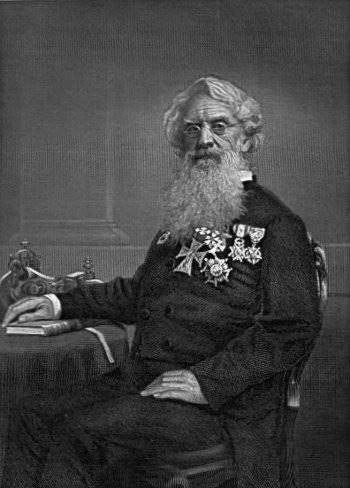Morse Code
Morse code is a method of transmitting language over electrical telegraph (or other visual or radio devices) that uses electrical signals to instantaneously send and receive messages over great distances. It is formatted as a series of on-off tones, lights, or clicks which can be easily decoded by a skilled listener without the use of any additional special equipment. The most commonly used version (also known as International Morse Code) has support for Roman alphabet, the Arabic numerals and a small number of secondary signals and punctuation marks that are most commonly used in The English language (with also many customized version of the code for the languages that have additional characters). Each of these characters is represented as the standardized sequences of short and long signals (often called "dots" and "dashes", or "dits" and "dahs"), with a duration of a long signal being three times longer than the short one. The separation between each character is maintained with a small period of silence that is equal to the length of the short sound (or dot). Not only that Morse code is very easy to be used, but it is also very efficient.
The current version of the International Morse Code was specially designed to use shorter codes for the characters that are most often used in English languages (for example most commonly used the letter "E" is represented with only one "dot"). This addition to the Morse code greatly increased the speed of the communication that is measured by special "word per minute" test by various telecommunication bodies around the world (this is done so because two different words with the same length can have dramatically different transmission time because of the character content they have).

The original code created by the Samuel Morse and Alfred Vail in early 1840s was the predecessor to the modern International Morse Code. After becoming standardized, it found its use in more and more commercial avenues. The first time that Morse code became used on an airplane was in 1910 America, and it became widely popular after Charles Lindbergh used it onboard his historic flight between New York to Paris in 1927. During World War II, Morse code was one of the most vital means of communication across the vast lines of fronts across the entire world.
Today, the popularity of Morse code has subsided considerably, but it remains in use in several areas of communications. Because of its simplicity and ability to transfer messages with very low possibility of error even in poor conditions, Morse code is today mostly used by amateur radio operators, pilots and air traffic controllers and various types of automated navigational aids. One of its most popular uses of this code is in the emergency situations when the ease of use in poor conditions guarantees the successful transfer of information. The most common emergency signal " SOS" has been adopted in the entire world as the universal code for distress. Firstly appearing in 1905 in Germany, this code soon became the standard worldwide. In modern culture, "SOS" was commonly associated with the maritime phrase "save our ship" and save our souls".

